
Blooming takes away a lot of resources from roses. Weakened plants become easy "prey" for fungi and bacteria and do not tolerate winter frosts. Top dressing in August and September is one of the key points for the proper preparation of rose bushes for wintering.
Content
The needs of roses after flowering and transplanting
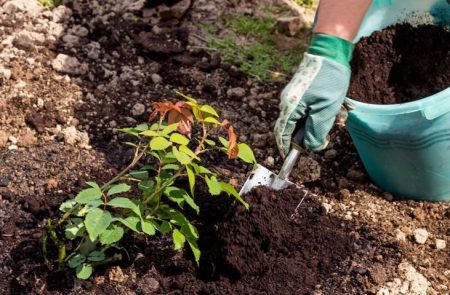
Roses spend a large amount of nutrients on the formation of buds, the most intensively consumed are potassium, phosphorus, boron, zinc, calcium. By the end of summer, the soil is also depleted, from which the bush actively scooped up useful elements, so the plant cannot fill up the deficit on its own - additional nutrition is required.
But this is only one of the tasks of leaving in August and September - to restore strength and endurance to the bushes, restoring the balance of nutrients in the plant. The second goal is to prepare roses for winter, and it makes adjustments to the nutrition, increasing the value of some elements and limiting the introduction of others.
In addition, the end of August and the beginning of autumn is the best time for transplanting rose bushes. After this procedure, plants require particularly careful care, including nutrition.
Macronutrients
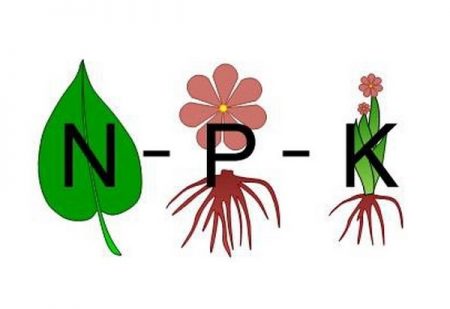
For a good wintering, all shoots on the bush should be lignified by the time the low temperatures are established. The growth that has grown at the end of summer will not have time to “mature” and will be highly likely to be damaged by frost, which will lead to rotting of the tissues. By the time of removal of winter shelters, the bush may die or, at least, weaken greatly, lose immunity to fungal and bacterial diseases.
Phosphorus and potassium contribute to the maturation of wood. The phosphorus top dressing has a particularly noticeable effect - saturation with an element increases the concentration of soluble carbohydrates in plant juices, due to which lignification of young shoots occurs.
Potassium has a similar effect, increasing the proportion of proteins and carbohydrates in the cell sap; in addition, the substance stimulates the transport of sugars from leaves to other parts of the bush. The high sugar content in the intracellular fluid makes plants more resistant to freezing temperatures. The third useful property of potassium is increased immunity and endurance, which increases the chances of a successful wintering.
On the eve of winter, a lack of nitrogen is useful for roses. We are not talking about nitrogen starvation - weakened bushes will not be able to normally endure difficult winter time. But the necessary dose of the substance of the rose should be obtained with top dressing at the beginning of the growing season, in the second half of summer the element should be excluded from the plant’s nutrition. Nitrogen stimulates the vegetation, while the shoots that appeared in late summer do not have time to lignify by winter.
To determine that the shoots on the rose bush continue to grow, it is possible by the red-brown shade of the sprouts. In this case, it is recommended to pinch the growth point.
This diet is also relevant for bushes that have undergone transplantation. Nitrogen is contraindicated in the case of “resettlement” in autumn to roses, but phosphorus is required for the development of new roots, which will help the bush to settle faster in a new place on the eve of winter. Roses also need potassium at this moment, because transplanting weakens them, and the element increases the adaptive qualities of plants.
Trace elements

After flowering, roses need to be given complex micronutrient fertilizers.But if a plant has a deficiency in any microelement, targeted feeding with the appropriate substance is required.
Deficiency can be determined by the appearance of plants:
| Trace element | Symptoms of deficiency in roses |
| Zinc | Blanching of the leaf plate without affecting the veins. Twisting leaves in the form of "chips". |
| Calcium | The appearance of light yellow spots and deformation of the leaves. |
| Boron | Twisting the leaves with the edges down. Cessation of growth and dying off of shoots. |
| Magnesium | Blanching and curling leaves followed by falling. |
| Manganese | The appearance on the leaves between the veins of yellow stripes. Most often, an element deficiency is observed in aging bushes. |
| Iron | Large-scale yellowing of leaves. First of all, the deficit is characteristic of young bushes. |
| Molybdenum | Yellow, brightly colored spots on the leaves. Twist the sheet plate with the edges down. |
Top dressing in August and September
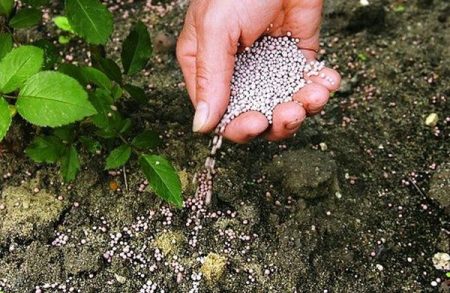
To restore the nutrient supply of roses in August, it is recommended to use liquid fertilizers - top dressing is better than solids, absorbed by plants. It is worth alternating watering with nutrient solutions with spraying bushes. Foliar top dressing will help roses to return to normal as quickly as possible, which will reduce the risk of diseases against the background of weakening.
In the event of an early cold snap, you should limit yourself to the foliar method of fertilizing, since the absorption of nutrients through the roots is poor with a lack of heat. It is advisable to replenish the deficiency of trace elements in plants by feeding through the leaves.
Before applying liquid fertilizer under the root, rose bushes should be watered with warm water. Spraying should be done in dry, cloudy weather or in the evening, when the rays of the sun can no longer burn the moist leaves of roses. But it is not recommended to carry out the procedure in the dark, otherwise the leaves will not have time to dry by night, which increases the likelihood of fungal diseases. The optimal time for foliar feeding is shortly before sunset, when the sun is low.
To saturate the soil with nutrients, it is necessary to add mineral preparations in the form of granules or solid organic matter, then plants will be able to gradually absorb food from the soil as necessary.
Organic dressing after flowering
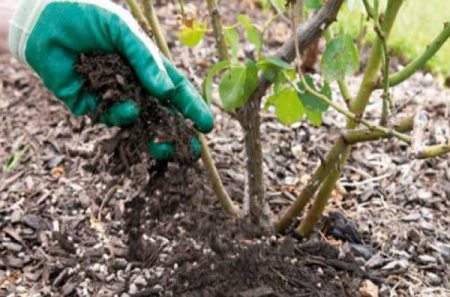
It is possible to give organic fertilizers to roses after flowering only in August; closer to autumn, organic should not be added. The exception is wood ash. Organic fertilizers are not relevant for roses after transplanting, since the required supply is laid in the planting pit.
Organic fertilizers most suitable for culture:
- Cow manure. 5 kg of manure must be filled with 5 buckets of water, add 1 kg of wood ash. The solution should be infused for a week. It is necessary to apply for watering in diluted form - 10 liters of water for every 5 liters of infusion.
Cow dung contains bacteria that process organic compounds into the mineral form available for absorption by plants. This makes cow dung the best organic fertilizer.
- Chicken droppings. Fertilizer is prepared according to the principle of infusion from cow manure, but a lower concentration of the solution is required - 1:20 (if the old litter can be diluted in a proportion of 1:10). Before watering, 3 liters of infusion is diluted with 10 liters of water.
- Green infusion. For cooking, you can use any weed grass, but nettle is considered the most effective for feeding potassium. The green parts of the plants are crushed and filled with a 2/3 bucket; 250 g of wood ash can be added. The bucket is poured to the brim with water and left to infuse in the sun (preferably) for 7 days. The finished infusion should be diluted with 10 parts of water, without filtering, if it is supposed to water the bush with fertilizer. Green infusion is also suitable for spraying, in which case the solution is filtered and diluted with clean water in a ratio of 1:20.
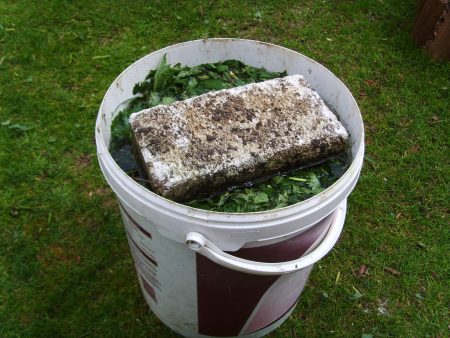
- Ash. In order to enrich the soil with phosphorus, the ash is applied in dry form, scattering about 250 g per 1 m2. For faster assimilation of the element, plants make liquid top dressing. To do this, 0.5 kg of ash should be poured with a liter of hot water and boiled for 10-15 minutes. After this, the broth is insisted for a day and diluted in 10 liters of water. Ash infusion can be used for foliar dressing - it is also a good way to prevent fungal and bacterial diseases.
- Yeast. 10 g of dry yeast should be dissolved in a bucket of warm water, adding 2 tablespoons of sugar. After 2 days of infusion, the liquid should be diluted with 5 parts of water. Since the soil loses potassium due to irrigation with a yeast solution, it is recommended to combine top dressing with the application of dry ash.
- Bone meal. It is applied in dry form under the root of the bushes. This tool is not used for fast nutrition of plants, it is recommended to create a reserve of phosphorus in the soil.
Organic fertilizers primarily fulfill the function of restoring fertility of soil depleted after flowering of roses. A good way to lay fertilizer “for a long time” is to sprinkle rotted manure around the bushes (on top of the soil, do not plant in the soil). When decomposed, manure will slowly saturate the earth with useful substances. This method will be especially useful for roses after transplanting.
Mineral fertilizers for roses
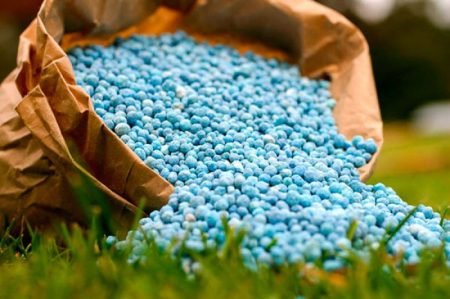
Unlike organic, mineral fertilizers can be given to roses on the eve of winter. At the same time, in August, it is recommended to supplement them with root dressings with organic matter, introducing them in a foliar way.
After transplanting, it is recommended that roses be given potassium through foliar top dressing for the fastest assimilation, and phosphoric fertilizers should be applied to the soil, including in solid form, for gradual consumption.
For roses, it is recommended to use:
- phosphorus - superphosphate (single or double) and ammonium phosphate;
- potassium - potassium sulfate, potassium nitrate, Kalimagnesia;
- potassium and phosphorus - potassium monophosphate.
Potassium chloride should not be used for top dressing, since chlorine is harmful to rose bushes.
For root dressing of roses in this period, mixtures are suitable:
- Superphosphate + potassium nitrate. Dilute 50 g of double superphosphate in a liter of hot water, leave for 3-4 hours. Strain, dilute with 10 liters, leave for 24 hours. Immediately before spraying add 20 g of potassium nitrate.
- Superphosphate + potassium monophosphate. 25 g of superphosphate should be diluted according to the previous recipe and add to the finished solution 15 g of potassium monophosphate.
- Superphosphate + potassium sulfate. In a finished solution of 50 g of superphosphate add 30 g of potassium sulfate.
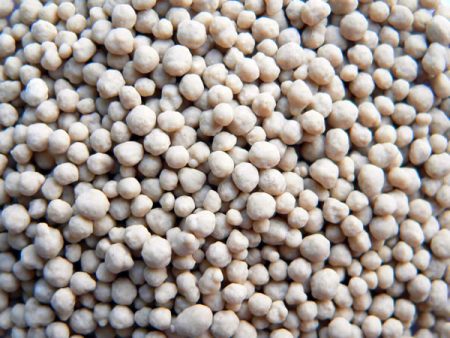
Superphosphate can also be used as a phosphoric additive in organic fertilizers - the content of an element in cow manure and green infusion is not enough to fully feed roses after flowering. For 10 liters of manure or herbal solution, add 50-100 g of superphosphate. After adding the substance, the solution should be infused for at least a day, it is allowed to add it to the infusion from manure at the beginning of preparation - this mixture can be stored for a long time.
Solutions for foliar top dressing are prepared according to similar recipes, but in a lower concentration:
- 15 g of superphosphate and 7 g of potassium nitrate;
- 15 g of superphosphate and 10 g of potassium sulfate;
- 5 g of superphosphate and potassium monophosphate per 10 liters of water.
Feeding plan
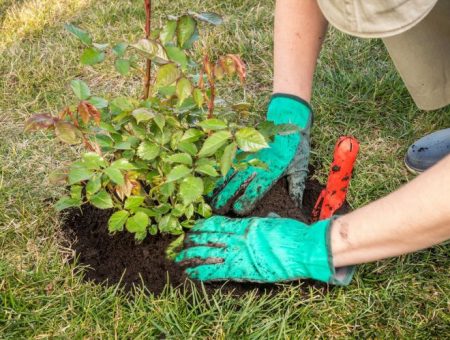
After flowering, roses should receive a large dose of potassium and phosphorus, as well as fertilizing with organic fertilizers (once). Most of the nutrition for plants should be given at the end of summer, in September fertilizers should be applied sparingly.Depending on the weather during this period, you can make the main bet on irrigation with solutions or increase the number of sprayings.
Approximate feeding scheme:
- Immediately after flowering, rose bushes need to be fed with organic infusions (cow dung, bird droppings, herbal infusion) or complex fertilizers should be added to the soil (for example, Kemira Universal). Since it is already undesirable to add organic matter in mid-August, it’s worth choosing natural fertilizers to feed roses that finish flowering by the end of July. If the blooming of roses ends earlier, immediately after that it is advisable to add complex fertilizer under the bushes, and in early August - give organic fertilizing.
- In parallel with this, foliar dressing with microelements should be carried out. Complex micronutrient fertilizers are suitable, but in case of deficiency of any of the elements, additional spraying after 1-2 weeks with a solution of the required substance is required.
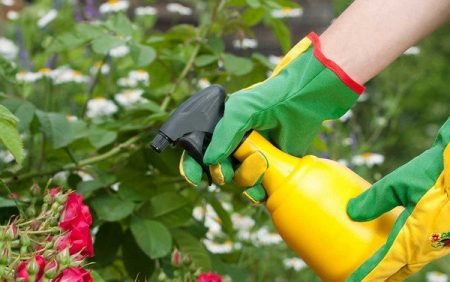
The first fertilizing after flowering should be done after cutting off the wilted inflorescences on the bush.
- 2 weeks after top dressing with organics (mid-August), potassium and phosphorus should be given to roses in the form of irrigation with a solution of mineral fertilizers.
- A week after potash-phosphorus top dressing, potassium sulfate should be watered. An alternative is to use an ash solution.
- During August, you need to do one spraying with a solution of superphosphate, as well as two or three sprayings with infusion of ash - the product nourishes with potassium and prevents the onset of diseases.
- Young or weakened due to adverse conditions, diseases or as a result of transplantation, plants need to be fed after flowering with colloidal sulfur in an unrooted way. Timely saturation of the element also prevents the appearance of fungus. Superphosphate contains up to 10% sulfur, so this substance is doubly useful for roses.
- In early September, foliar top dressing with Kalimagnesia should be done by dissolving 16 grams in 10 liters of water.
- In the first half of September, potassium sulfate is sprayed to stimulate the maturation of wood.
Micronutrient deficiency nutrition
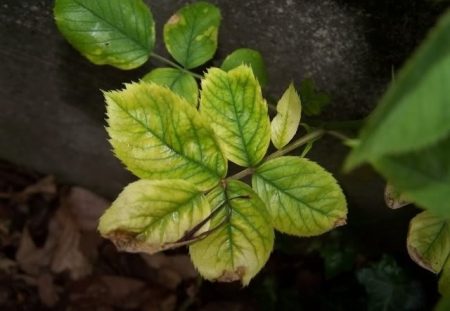
If the plant has not received enough nutrition in the spring, after flowering it may lack one or more trace elements. Replenish the deficit immediately, for this use foliar top dressing.
| Trace element | Material for foliar top dressing | Solution concentration |
| zinc | zinc sulfate | 0,05-0,1% |
| calcium | calcium nitrate | 0,15% |
| boron | boric acid | 0,1-0,15% |
| magnesium | magnesium sulfate | 0,1% |
| manganese | manganese sulfate | 0,05-0,1% |
| molybdenum | ammonium molybdate | 0,02% |
Winter preparations
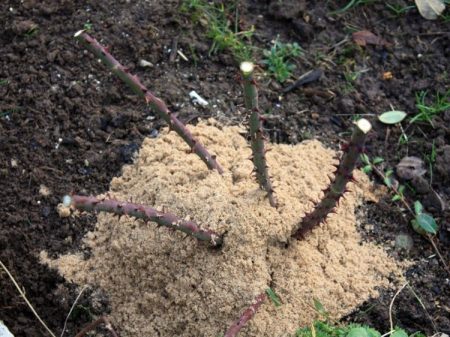
Preparing roses for winter, in addition to top dressing, includes:
- autumn irrigation regime;
- pruning bushes;
- clearing planting from weeds;
- prevention of fungi and pests.
To prepare well for the winter, rose bushes should receive enough water in the fall. Do not allow any drying out or excessive soil moisture. In dry September, roses need to be watered once a week, pouring 20 liters under each bush. It requires deep soil soaking; surface irrigation will not be able to saturate the plant with moisture.
Later, depending on the weather, the frequency of irrigation is reduced or stopped. But on the eve of the arrival of cold weather, one irrigation is still required - water-loading irrigation. Under a rose bush, pour 40 liters of water, and then mulch the trunk circle.
After each watering, loosening should be carried out to saturate the roots with oxygen. But in mid-September, they stop this procedure. Together with loosening the soil, weeds must be removed so that the bushes do not compete with them for nutrients and moisture. In the fall, clearing the planting of weeds becomes of great importance, since outbreaks of fungal epidemics occur much less frequently in a clean flowerbed.In the regions of the middle zone of the rose, they spend the winter under cover, where a moist and warm environment is established at the time of thaws, which is why the risk of hitting the bushes with rot and fungi is high.
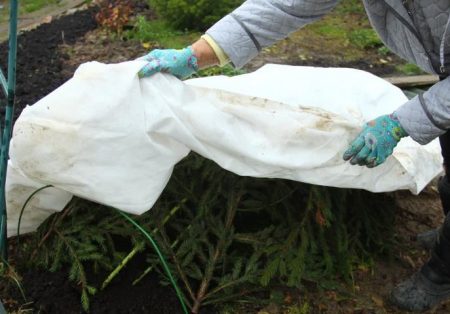
Green shoots that do not have time to lignify should be cut at the end of September or at the beginning of October. Together with them, sick and dry branches and leaves are removed. It is important that the plant goes to shelter, being absolutely healthy, otherwise in the spring there is a risk of finding a bush damaged by the fungus.
Do not remove all wilted inflorescences from rose bushes. If you leave 1-2 flowers, seed ripening will become a “signal” for the plant about the approaching winter season. This will prevent the growth of shoots in the fall. But leaving a larger number of flowers is not advisable, because roses will have to expend nutrients to ripen the seeds.
Before sheltering, it is customary to remove all foliage from the bush so as not to provoke illness, but do not do this in September, otherwise the roses will have time to begin the development of a new leaf cover.
Improper preparation for the winter season is a common cause of the death of rose bushes. Not only malnutrition associated with malnutrition, excessive saturation can also be fatal for southern plants. The short summer of the middle strip often does not allow the roses to exhaust the resource for flowering, therefore, even at low temperatures, blooming in late autumn is possible.

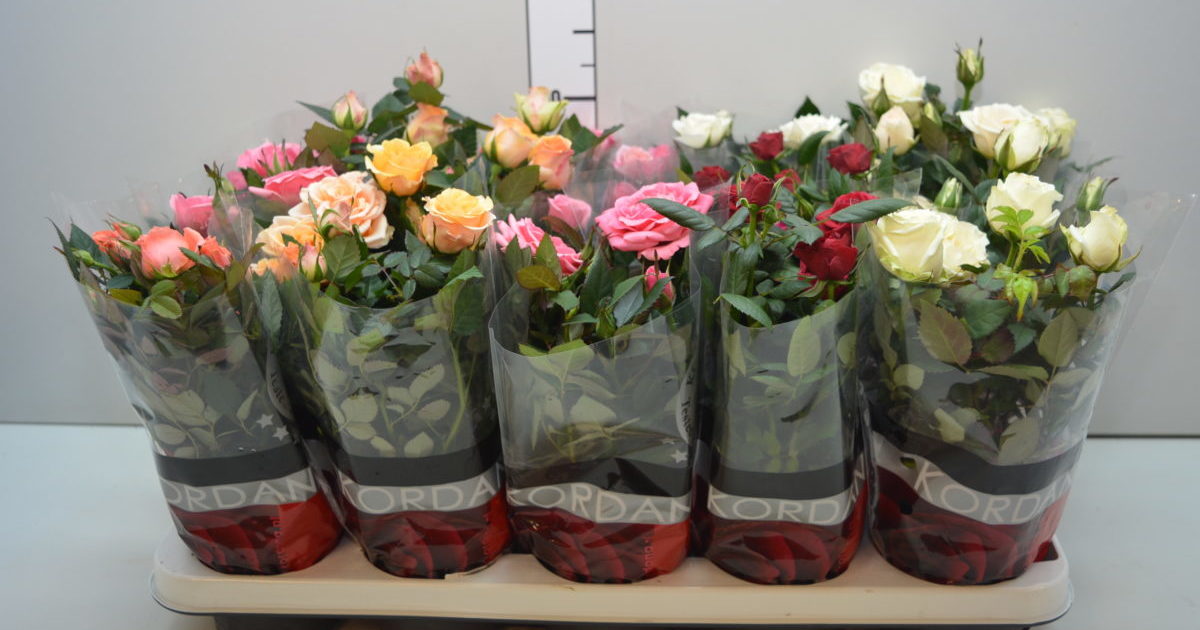
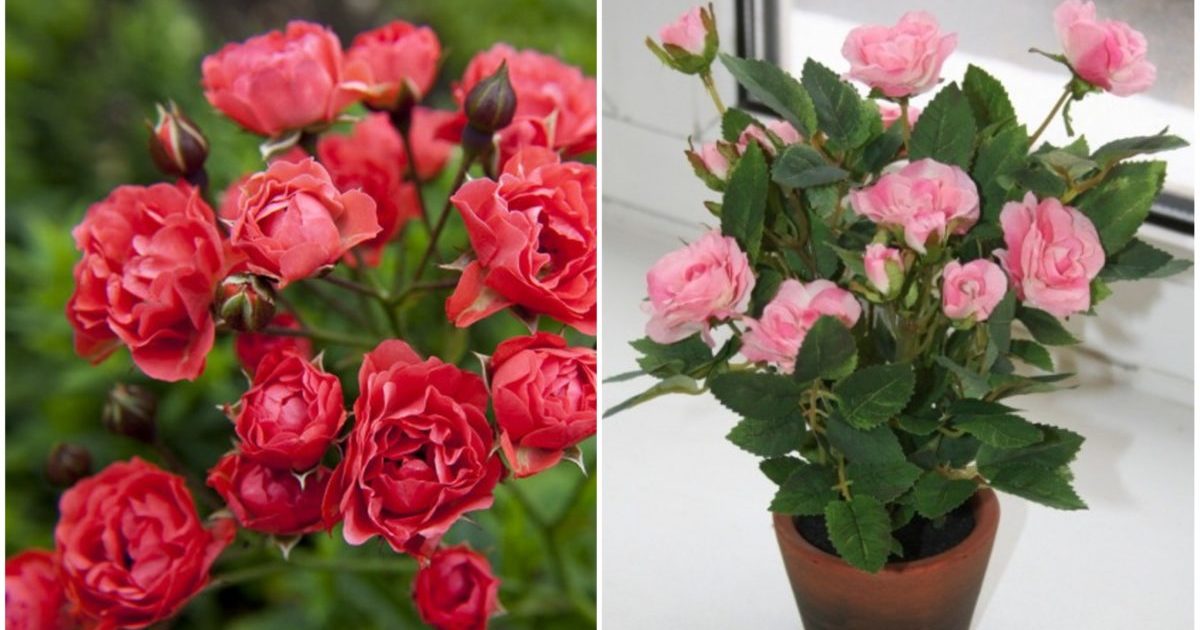
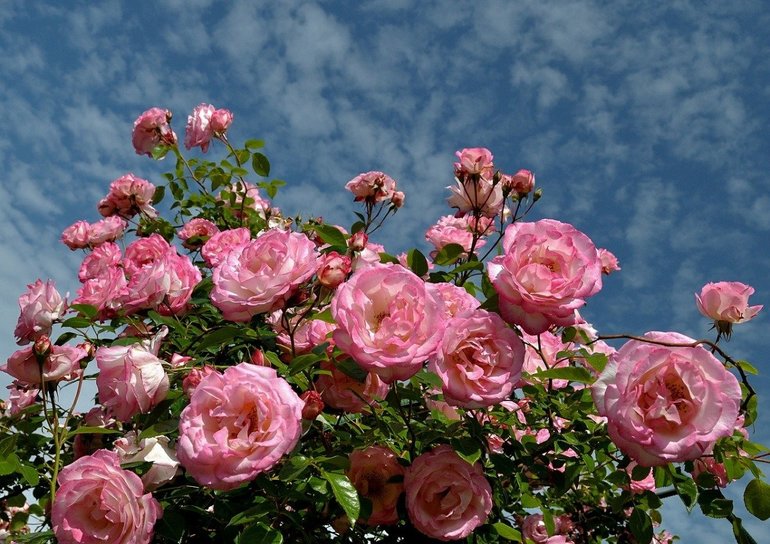
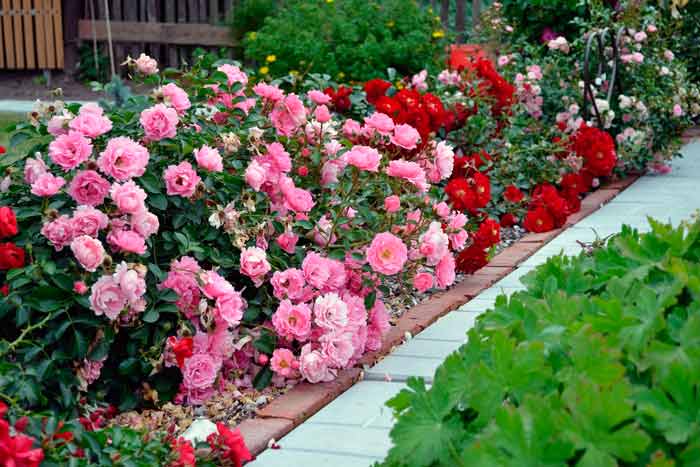 Shelter of roses for the winter: at what temperature does the robot hold
Shelter of roses for the winter: at what temperature does the robot hold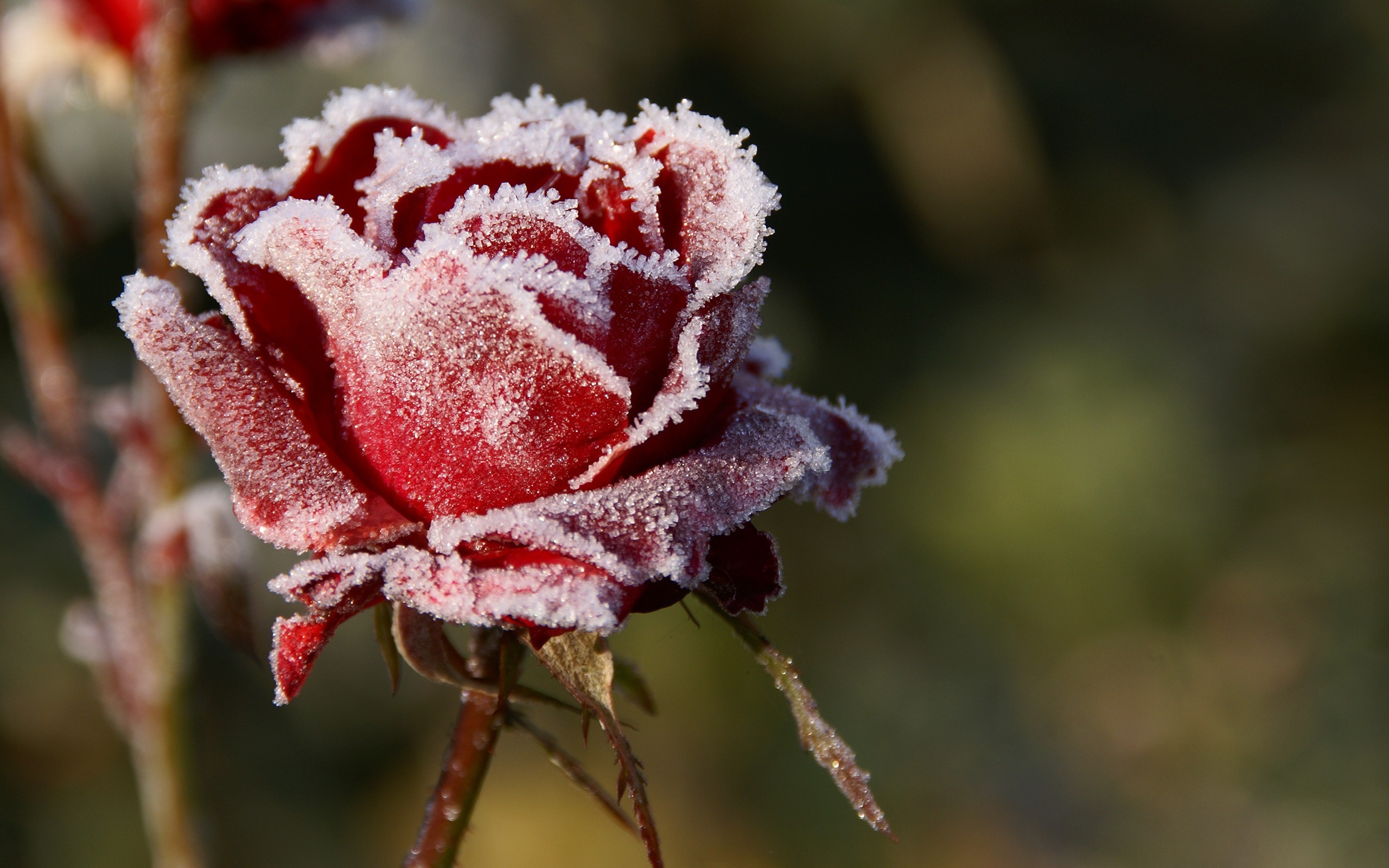 How to prune roses in the fall: timing, pruning rules, pros and cons
How to prune roses in the fall: timing, pruning rules, pros and cons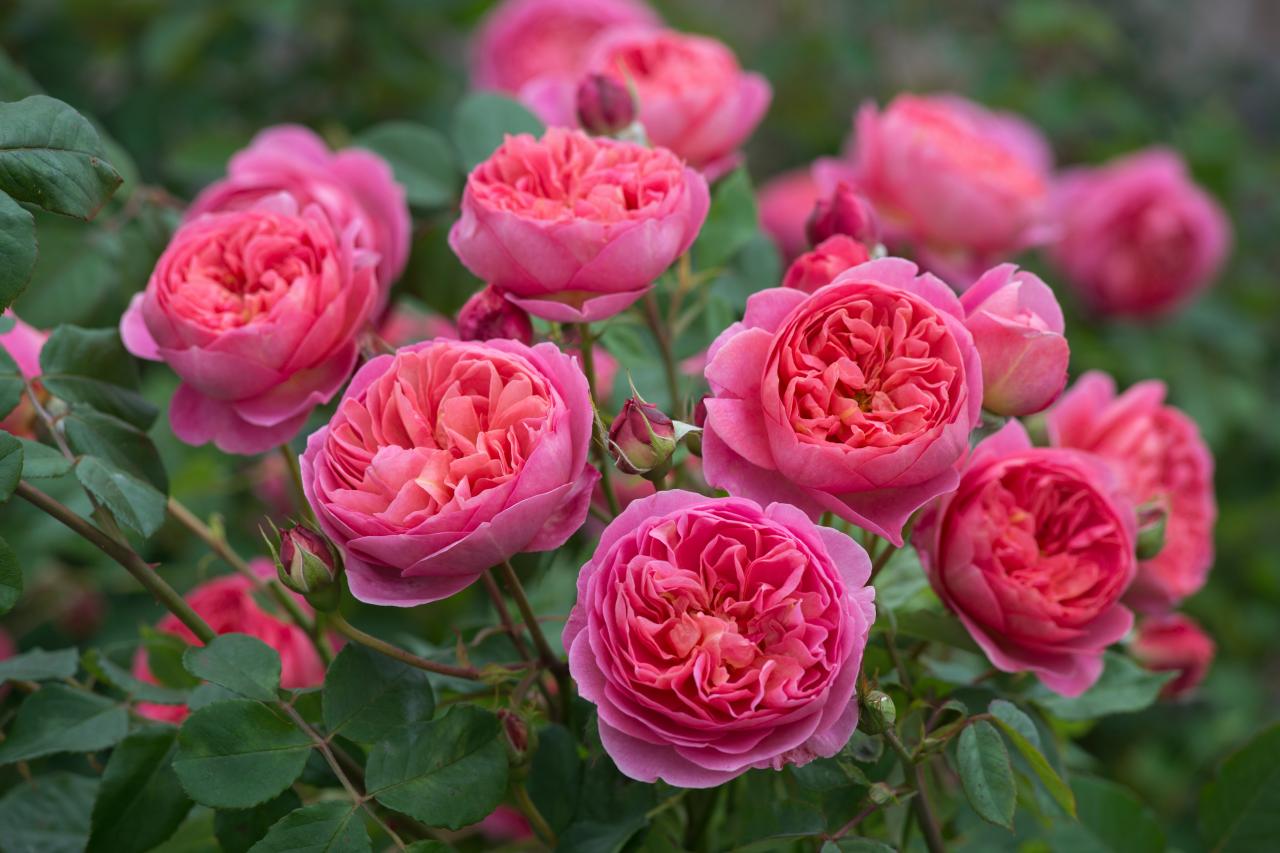 What are the varieties and types of roses
What are the varieties and types of roses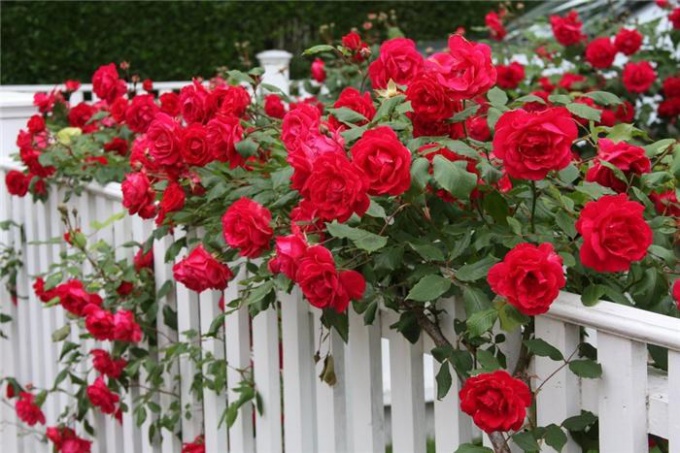 How to process roses with iron sulfate in autumn: proportions, advantages and disadvantages
How to process roses with iron sulfate in autumn: proportions, advantages and disadvantages